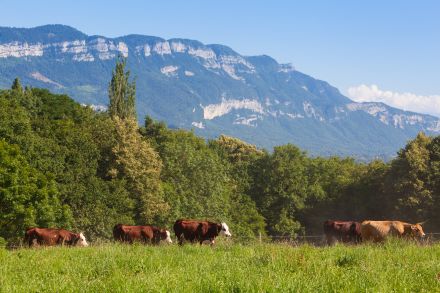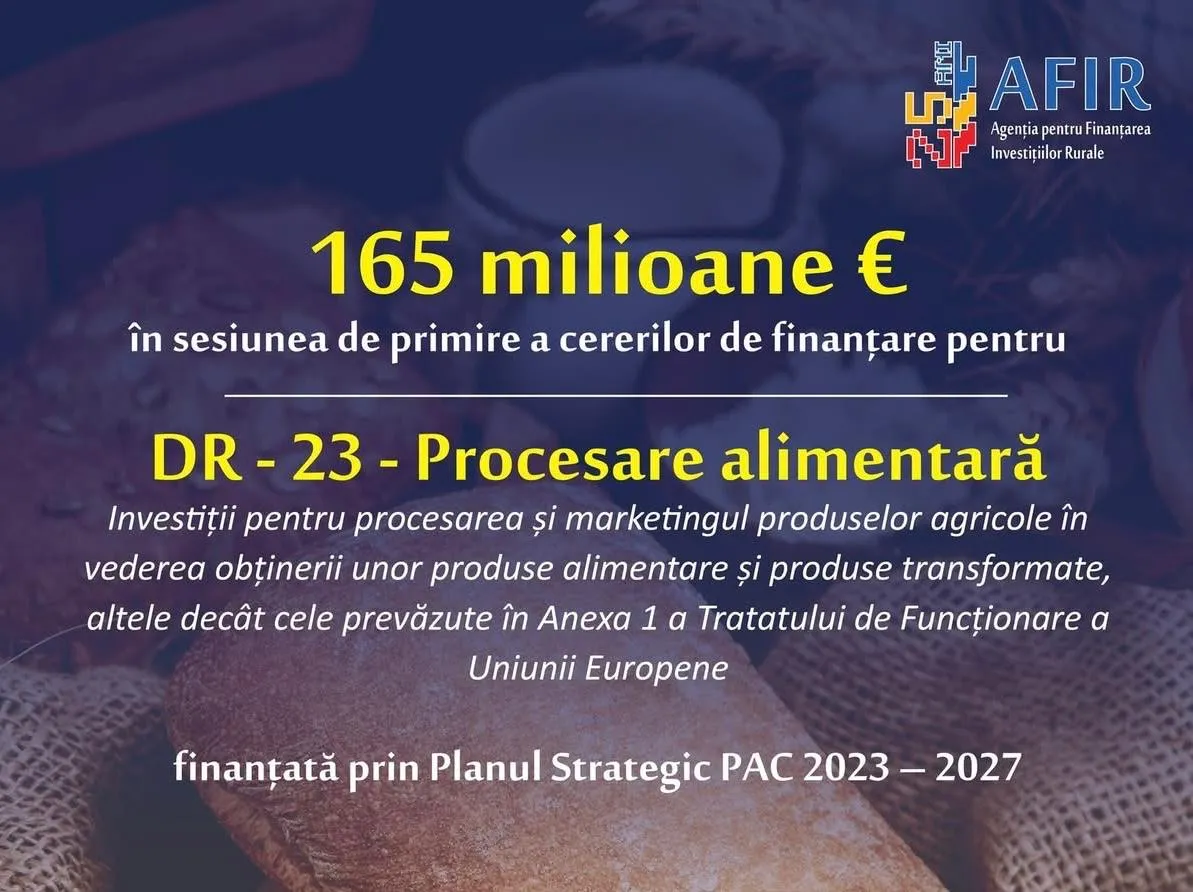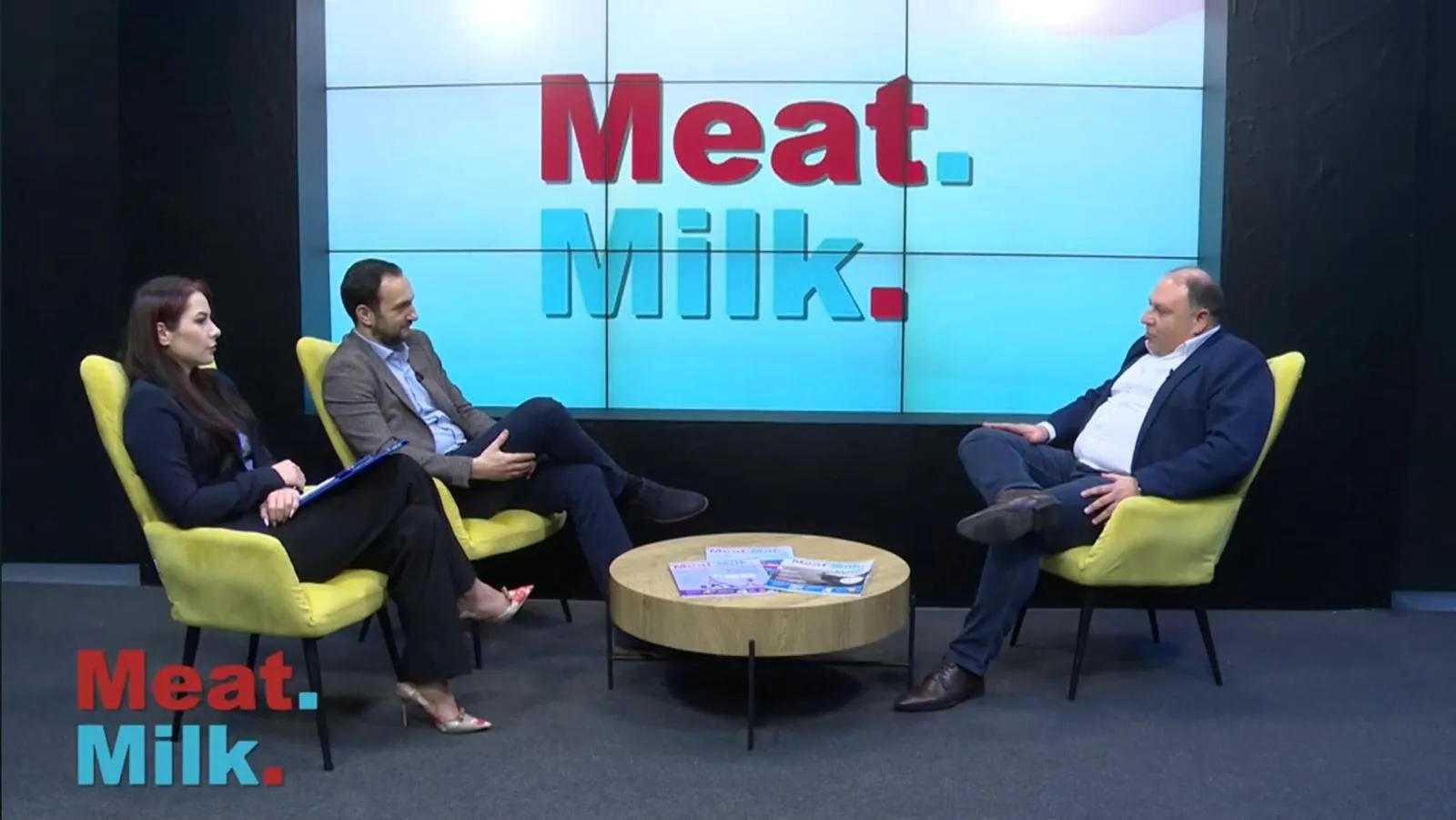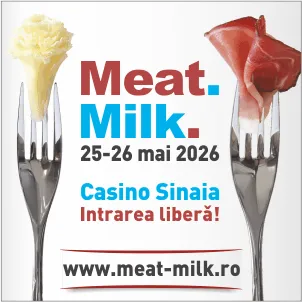716

Dairy farms in Romania are facing a new strategic challenge: adapting to the objectives of the European Green Deal and the “Farm to Fork” strategy. According to European Commission data, the livestock sector contributes approximately 11% of the EU’s total greenhouse gas emissions, and dairy farms are directly targeted by the new regulations on methane reduction and sustainable resource use.
In Romania, the average yield of 4,500 liters/head/year is 35% below the EU average, but emissions per unit of product are higher precisely because of low efficiency. Western European farms, where yields exceed 8,000 liters/head/year, have managed to reduce emissions per liter of milk by 20–25%. This gap reflects the structural disparity that needs to be addressed.
The implementation of sustainable technologies – biogas digesters, digital manure management, feed additives for methane reduction – is still at an early stage in Romania. Costs range between €150,000 and €500,000 for a medium-sized farm, which limits adoption. However, through the CAP Strategic Plan (CSP) and the “Fit for 55” programs, these investments can be co-financed.
Experts estimate that by 2030, Romanian farms adopting green technologies may achieve not only a competitive advantage on the market but also additional revenues from carbon credits. Adapting to the Green Deal is not just an obligation but also an opportunity for the structural transformation of the dairy sector.
(Photo: Freepik)





